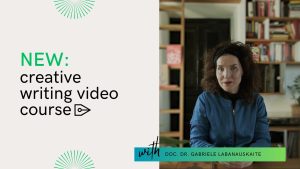TOWERS OF MELANCHOLY, 2016
This dance performance is a repeated successful collaboration between choreographer and director Aira Naginevičiūtė, poet and playwright Gabriele Labanauskaite, composer Vladas Dieninis and scenographer Arūnas Adomaitis. These artists managed to unite dance, text, poetry and music into one mesmerizing performance.
TOWERS OF MELANCHOLY sets off to experiment with the poetic language, metaphors and it develops a new movement and music lexicon to paint the darkness and light of the human existence, divinity, world and existential void. This interdisciplinary project researches that state of mind, where everybody experiences the marginalised parts of themselves – solitude and new understanding of spacetime. This particular state allows us to meditate on the fog, to die and reborn in different bodies, unfamiliar forms, to be able to introspect and reflect on the reality.
“Melancholy is treated as an unconscious state which happens to us unplanned and unexpectedly. Melancholy is like a fog, which covers the thoughts. It’s like a field, in which we deeply navigate in our repeated experiences. It’s like an oasis, where we can meet ourselves,” – says A. Naginevičiūtė.
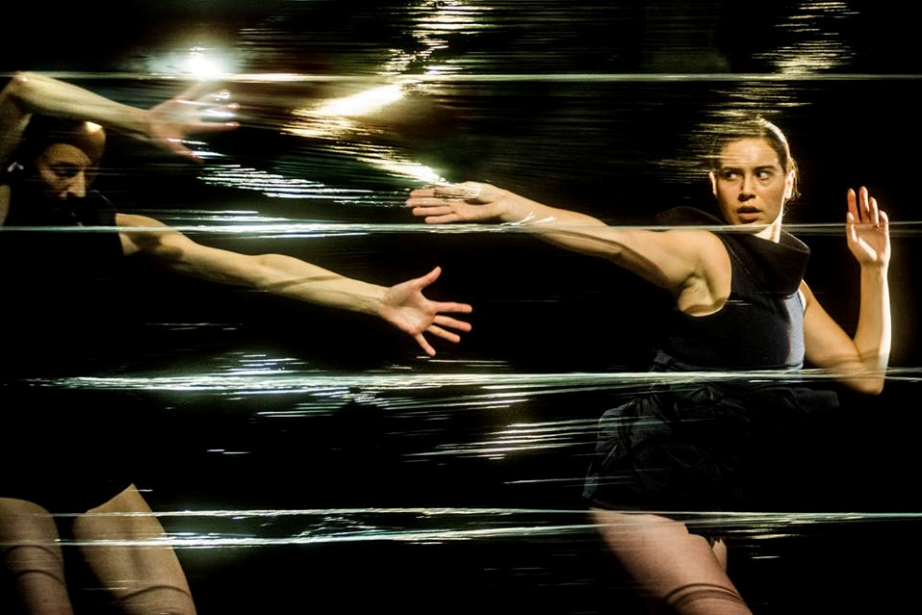 Photography: tiketa.lt
Photography: tiketa.lt
Performance does explore melancholy, but is not dramatic. Sweet sorrow and anguish go hand in hand with the irony and tenderness, a true human emotion turns into the aesthetic reality of a scary and beautiful light of our inner selves.
“TOWERS OF MELANCHOLY analyzes different forms of melancholy and seeks to break the stereotype of melancholy as something very obscure and depressive. Actually, it is important to recognize and accept this kind of state; it hides in the fog, a teardrop, a relationship, togetherness or even the drizzle” – comments A. Naginevičiūtė.
The name of performance was inspired by the poem written by Gabriele Labanauskaite. Choreographer A. Naginevičiūtė used it as a means of inspiration. During the dance performance G. Labanauskaite herself recites this and other of her poems.
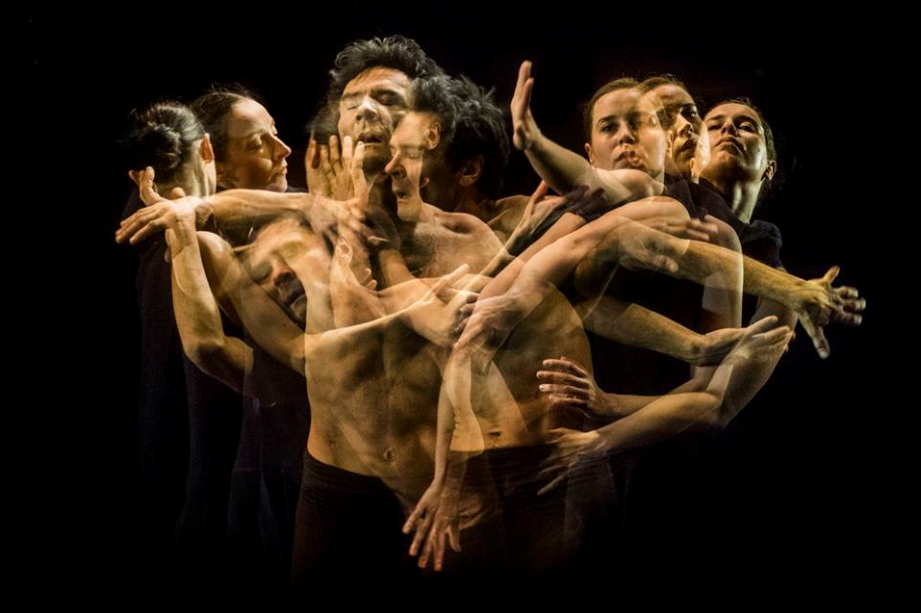 Photography: tiketa.lt
Photography: tiketa.lt
//
Yesterday I saw the towers of melancholy tumble down
Yesterday I saw how to demolish means to build
Yesterday I saw how bleary are the eyelids of a dream
And how the morning fights the legions of the night
Yesterday I saw how butterflies choke
Recover and grow wings of tempered steel
Under their bellies. Then take off easily
And fly the past-tense words into the day
Yesterday I saw how our wishes kill us
Yesterday I saw how fog withstands
Yesterday I saw how charms dissolve
The die is cast, the choice is made: to be.
//
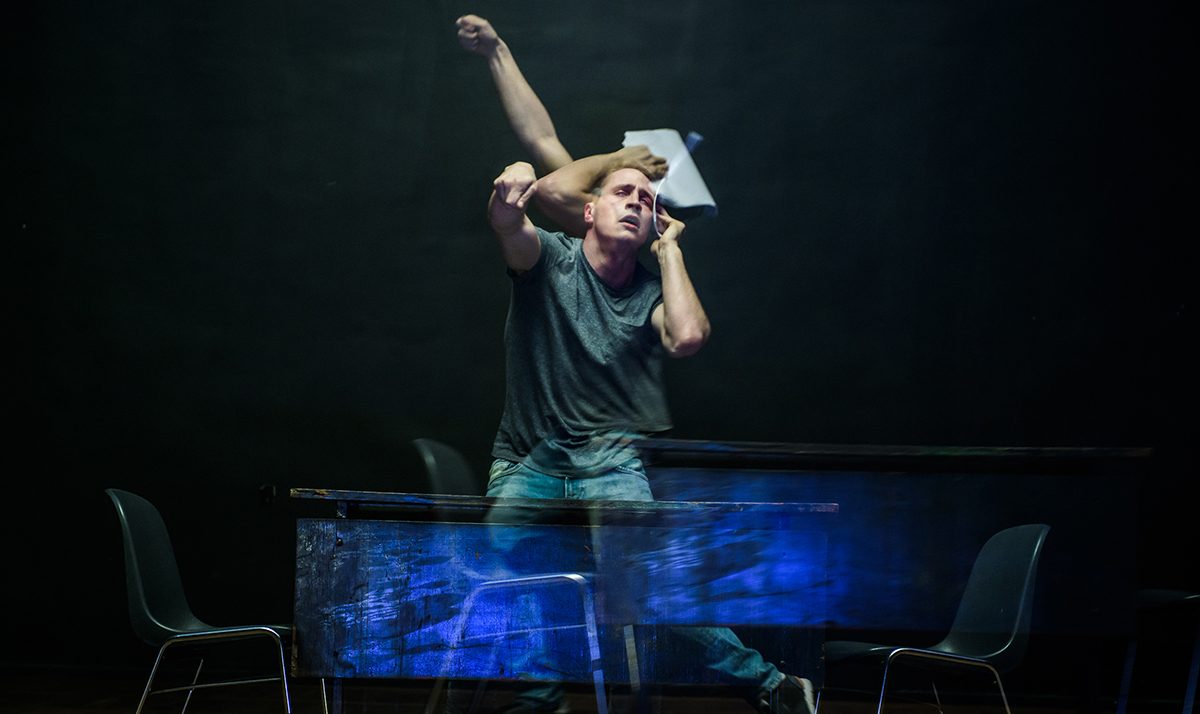 Photography: Laura Vansevičienė
Photography: Laura Vansevičienė
CREATIVE TEAM
Choreographer: Aira Naginevičiūtė
Playwright: Gabrielė Labanauskaitė
Composer: Vladas Dieninis
Scenographer: Arūnas Adomaitis
Lighting designer: Vladimiras Šerstabojevas
Performers: Goda Laurinavičiūtė, Greta Grinevičiūtė, Gabrielė Labanauskaitė
Initiators: Kaunas Artists’ House, dance theatre “AIROS”, audio-visual poetry band “AVASPO”
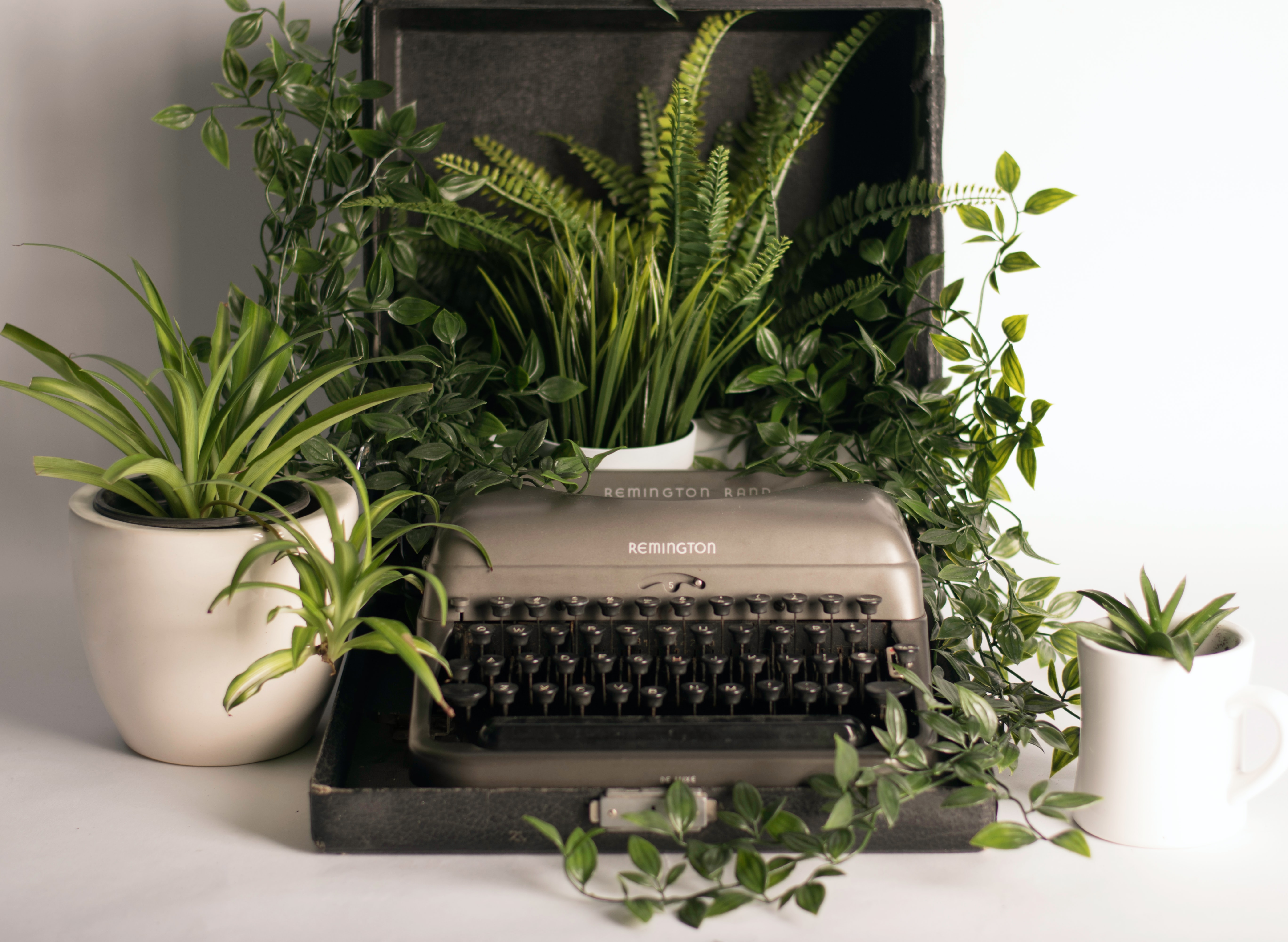 Photography: Shelby Miller
Photography: Shelby Miller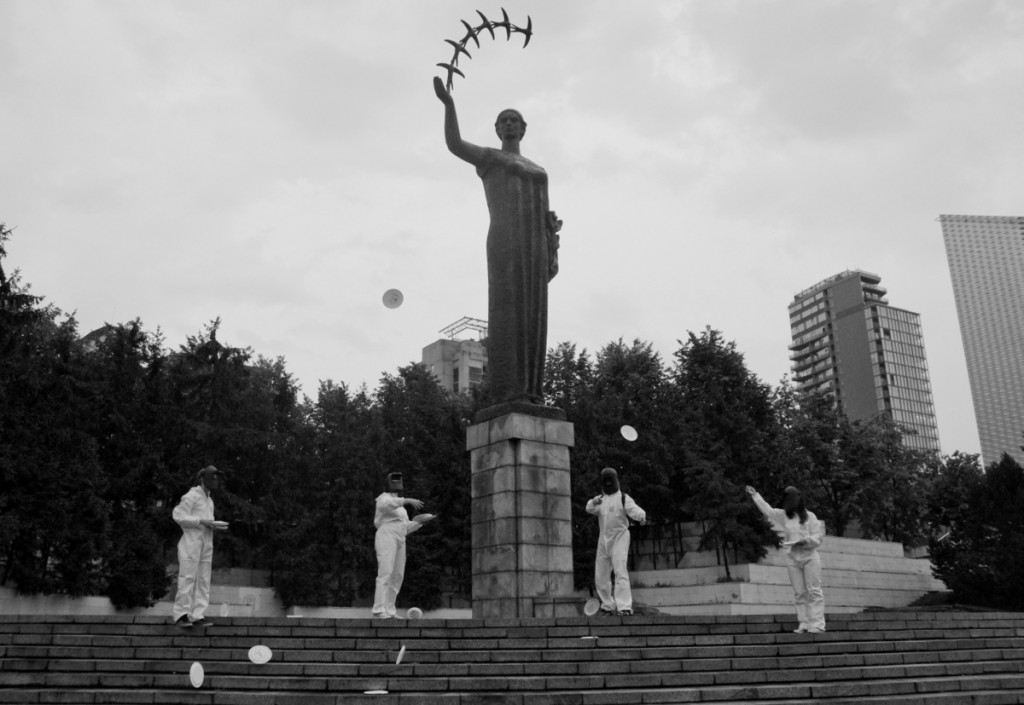 Photography: artnews.lt
Photography: artnews.lt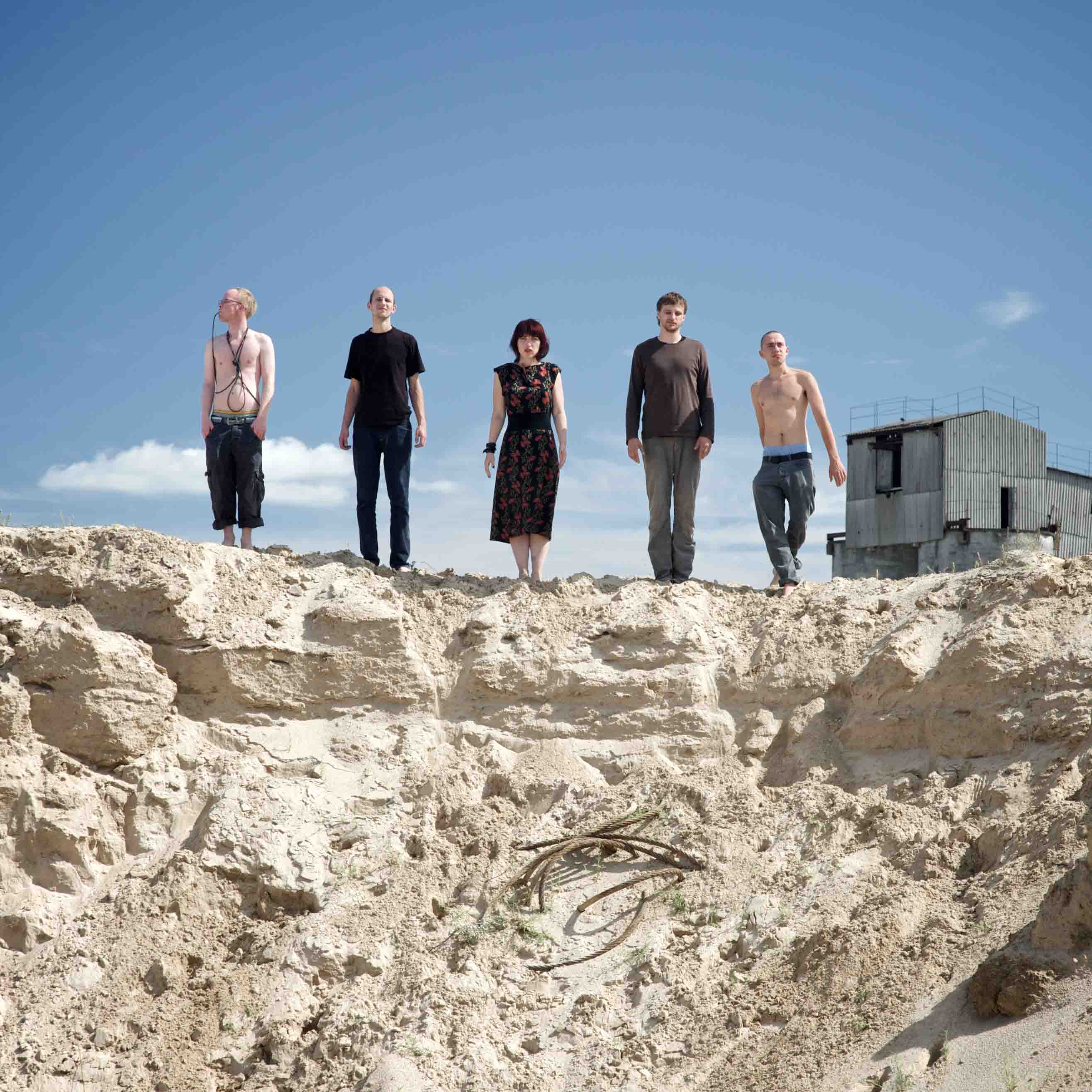
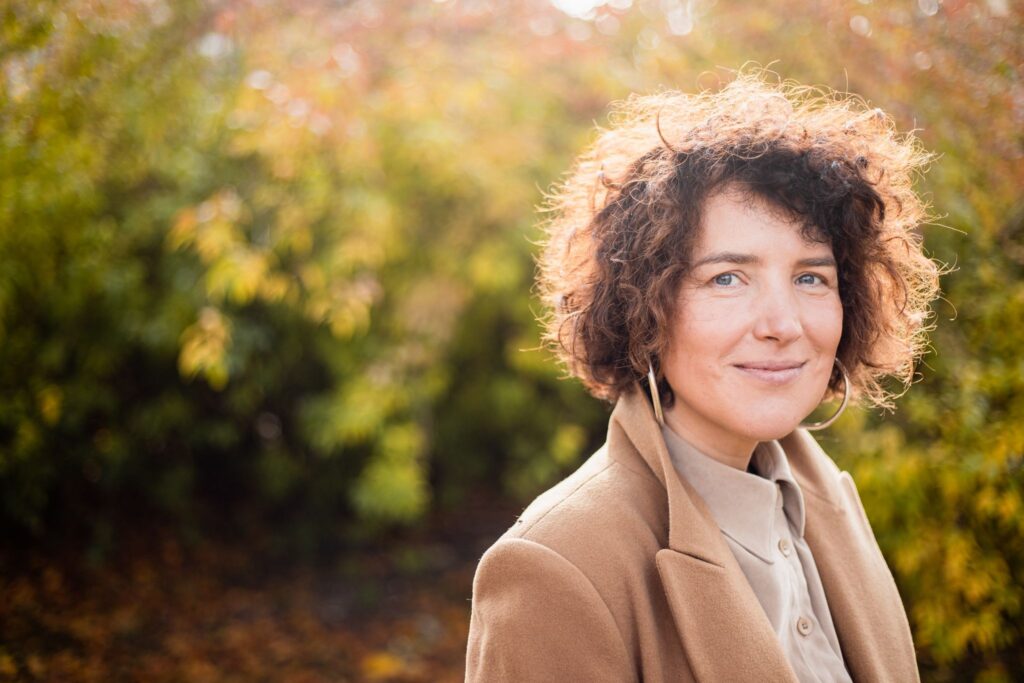 Nuotrauka: Justinas Stacevičius, lrt.lt
Nuotrauka: Justinas Stacevičius, lrt.lt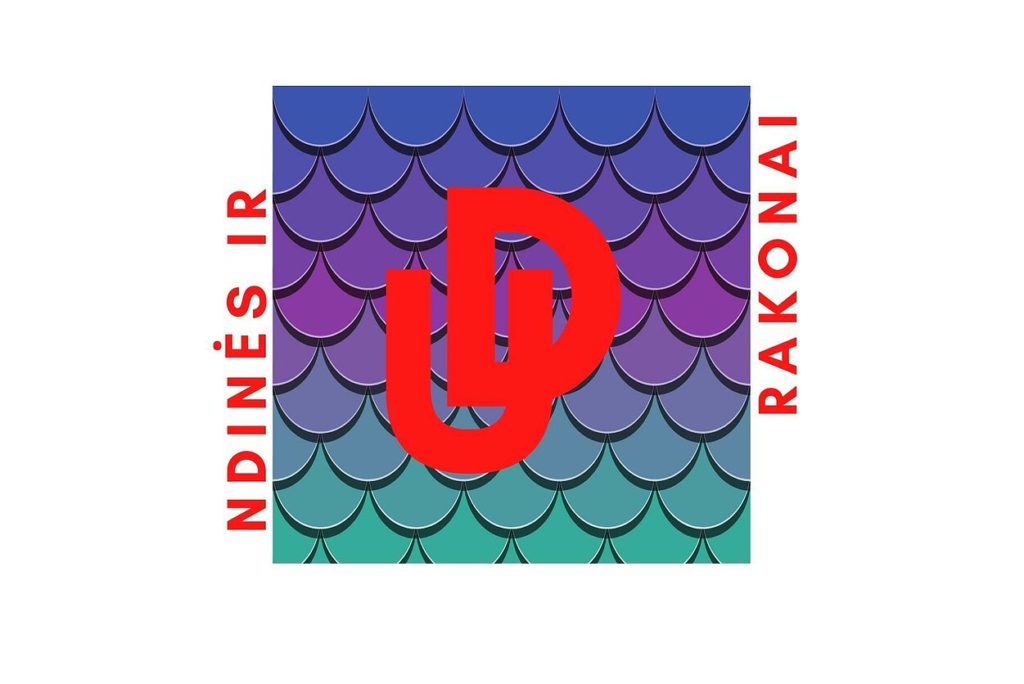
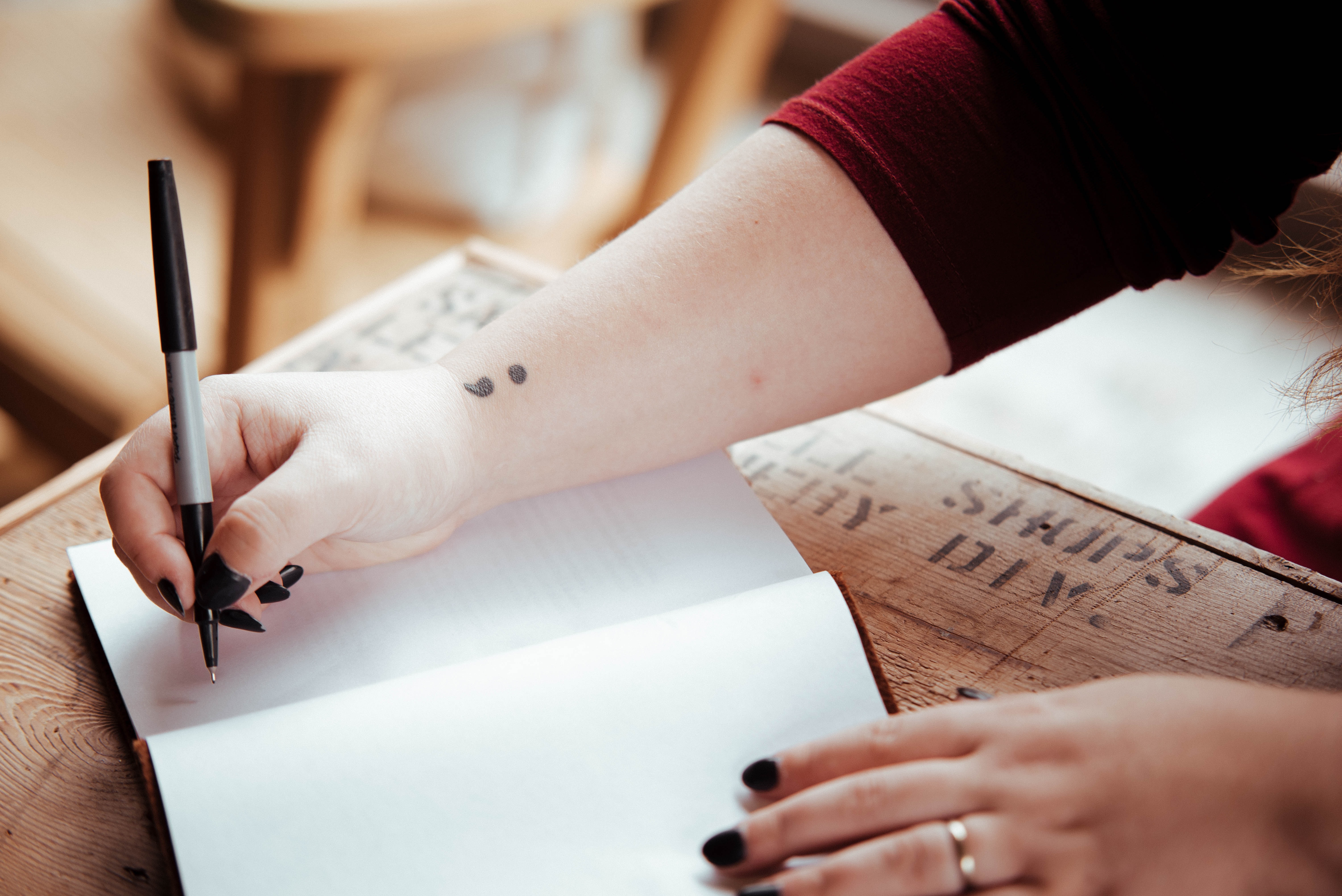 Photography: Timothy L Brock
Photography: Timothy L Brock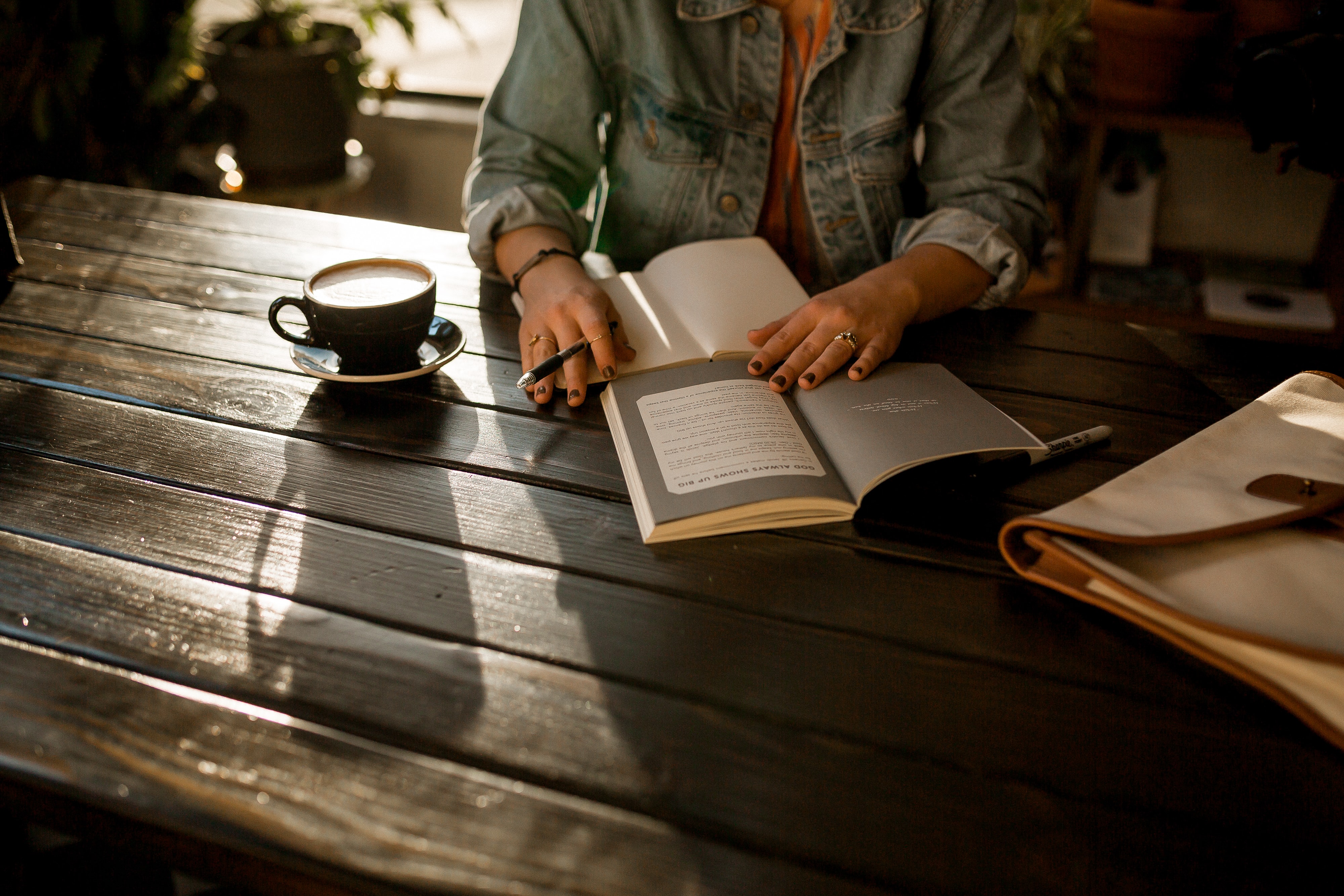 Photography: David Iskander
Photography: David Iskander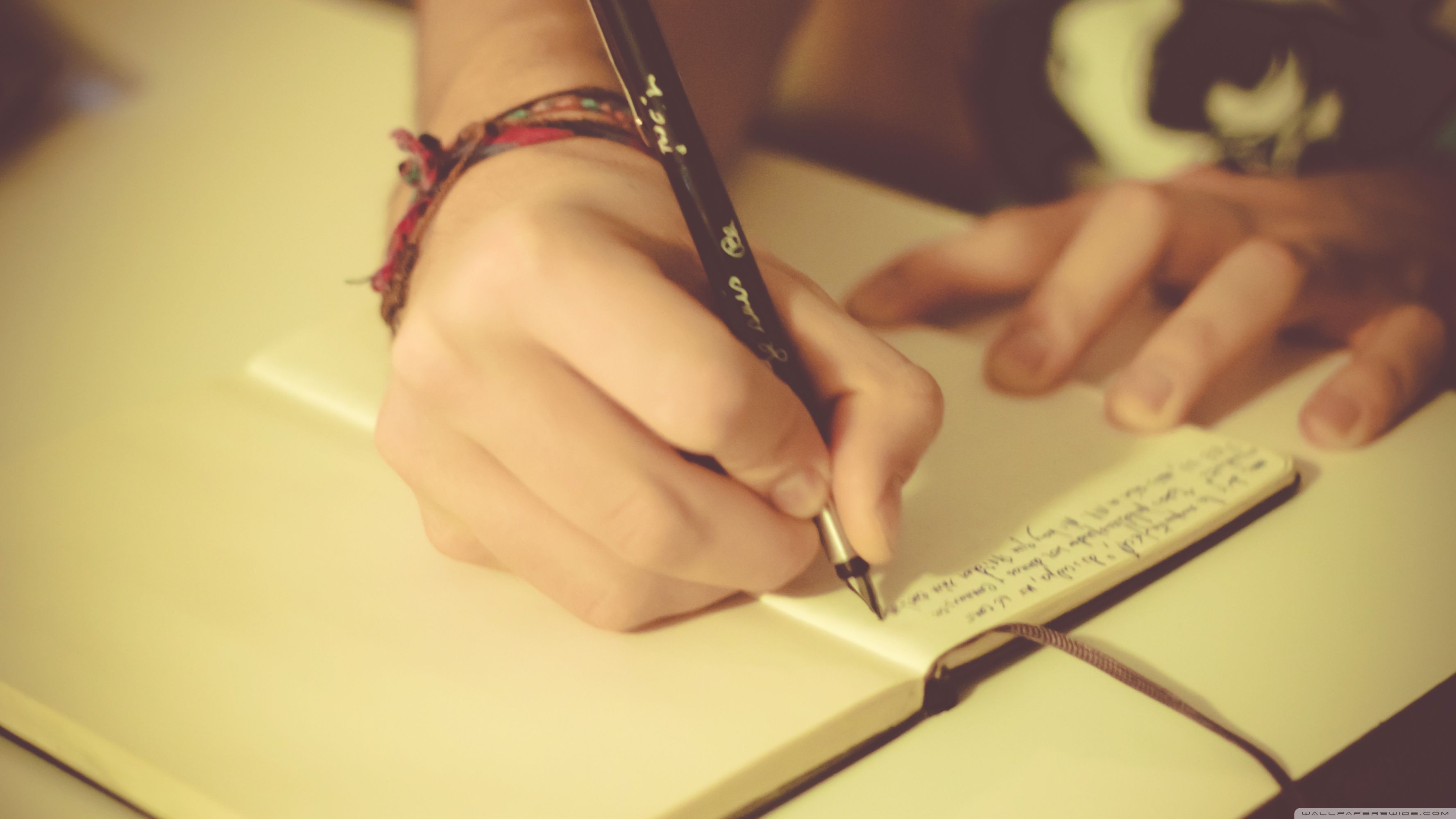 Photography: Glenn Carstens Peters
Photography: Glenn Carstens Peters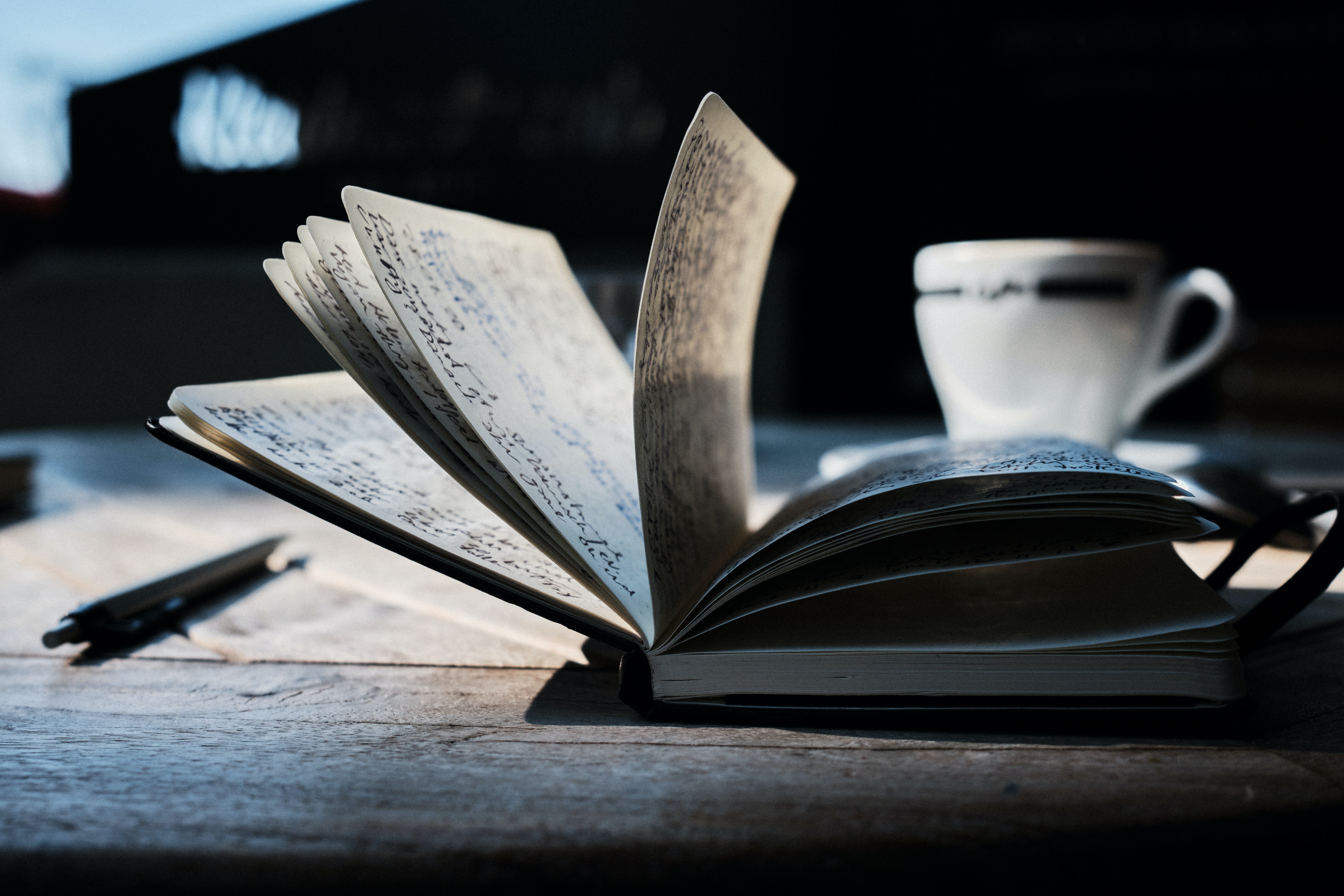 Photography: Yannick Pulver
Photography: Yannick Pulver